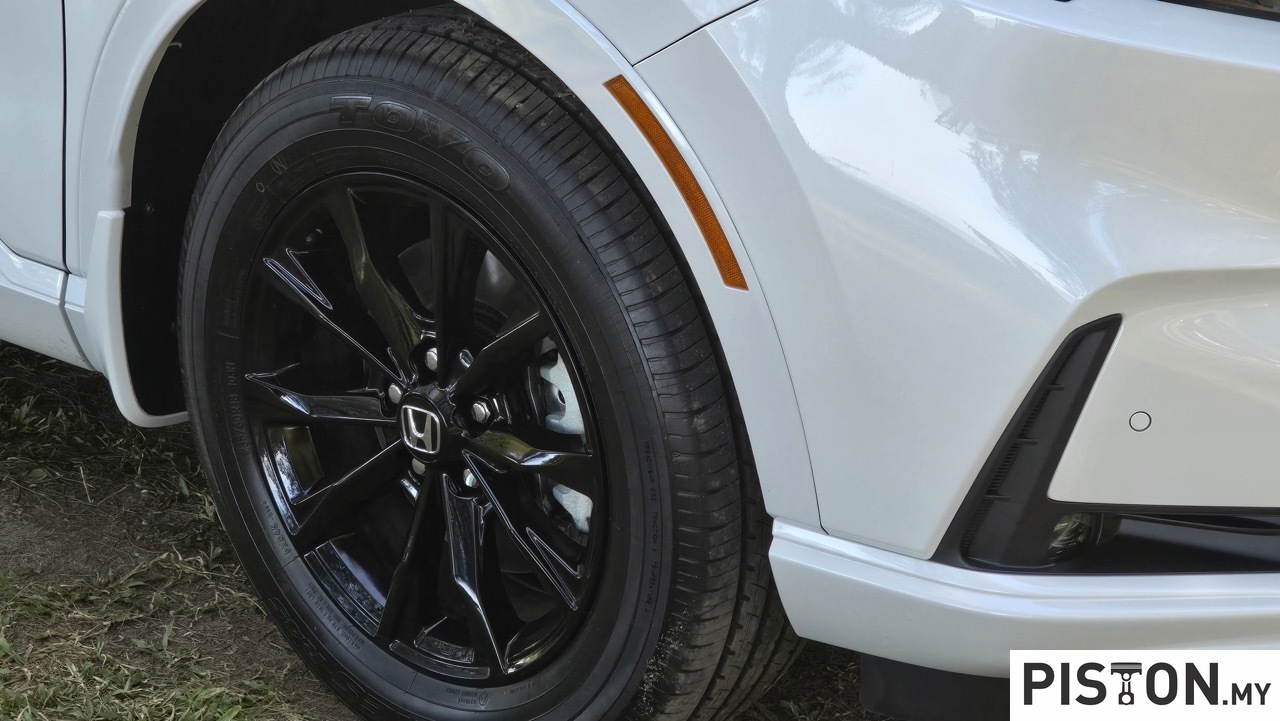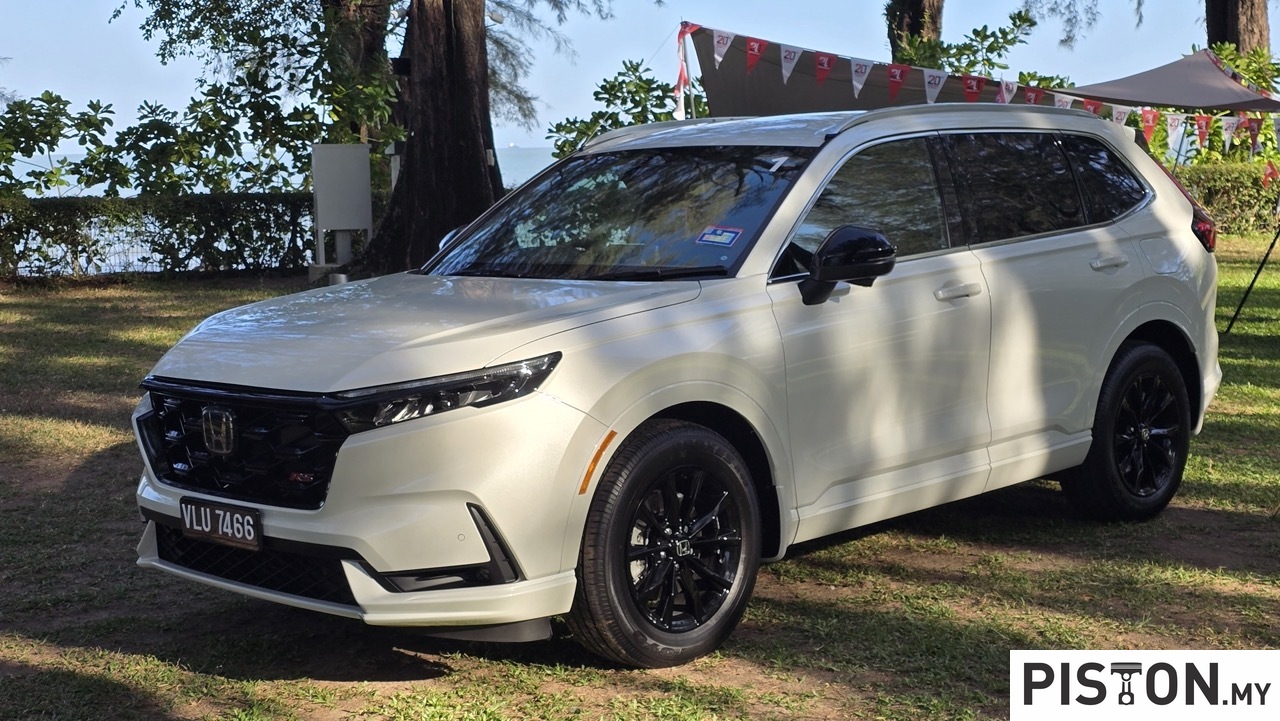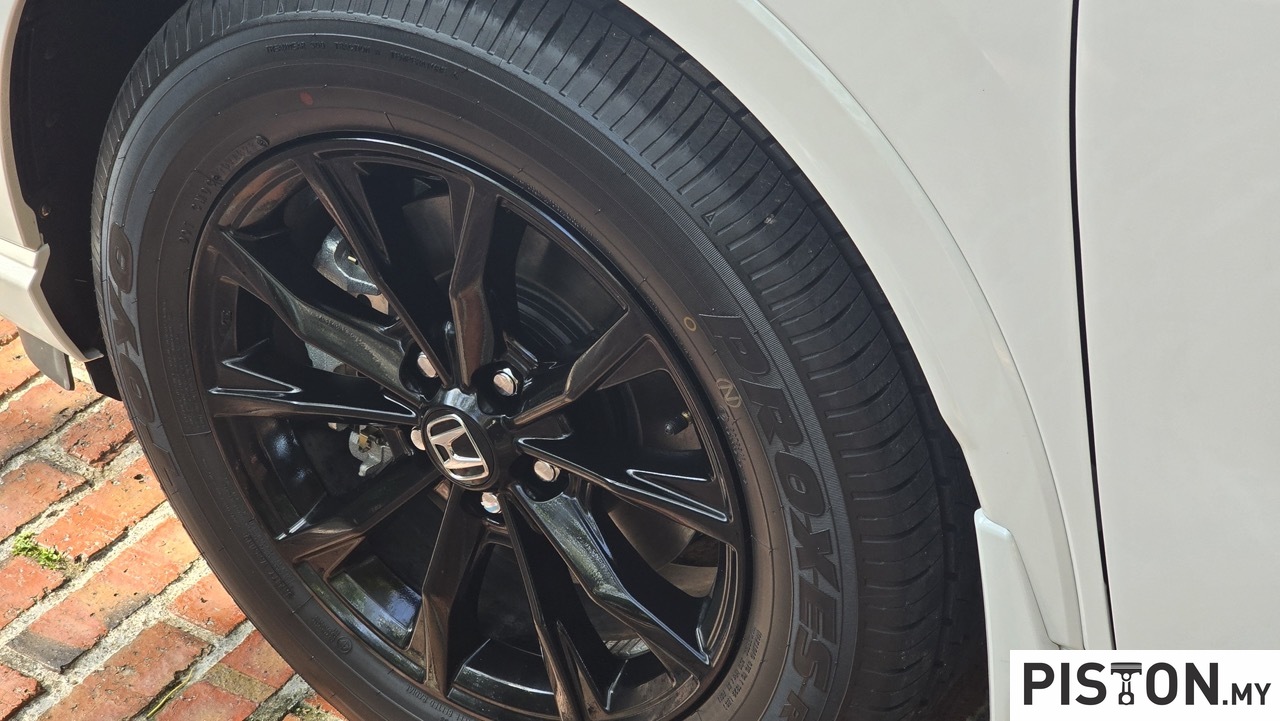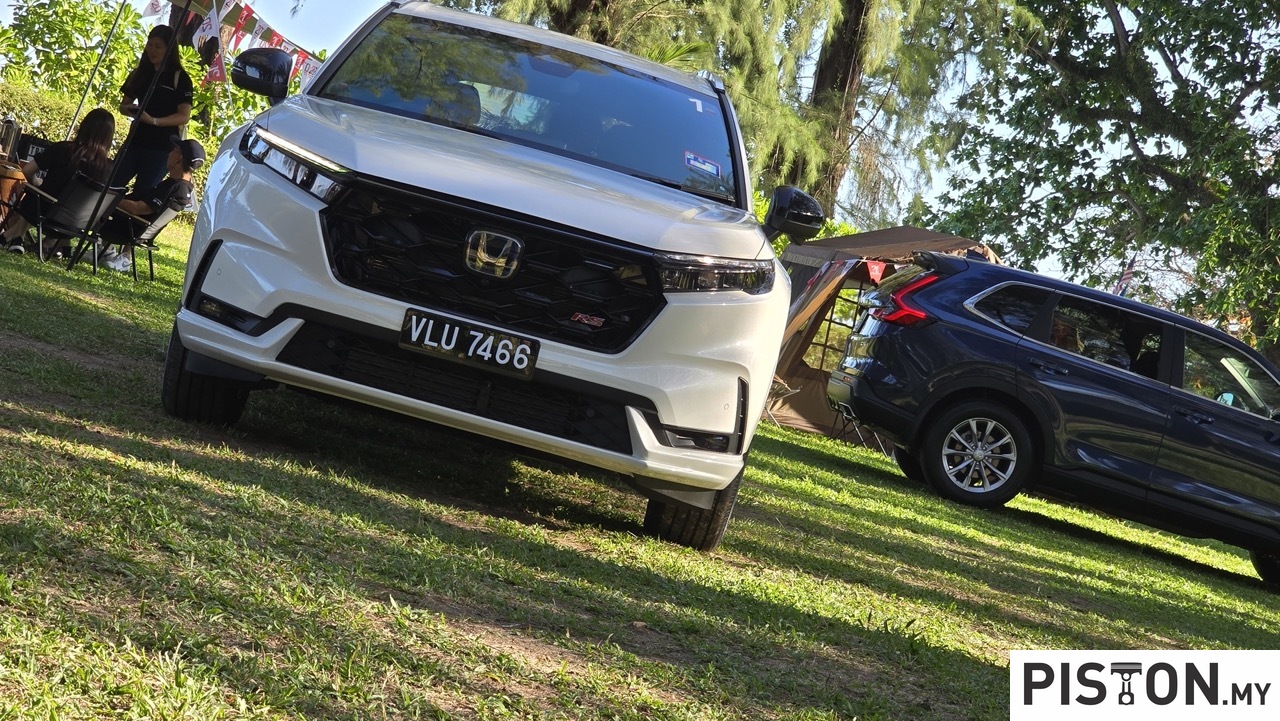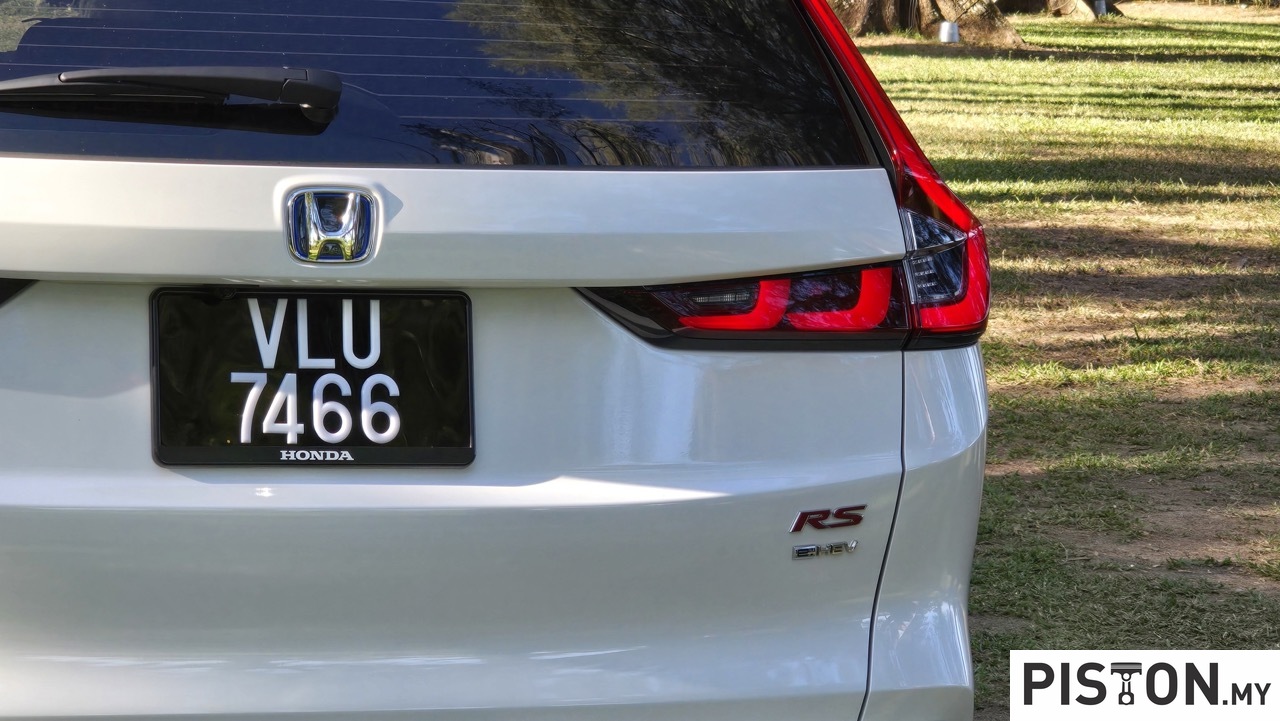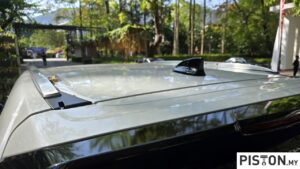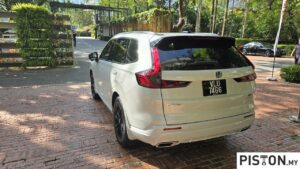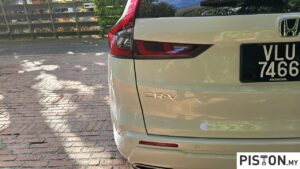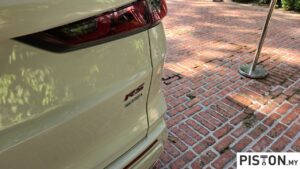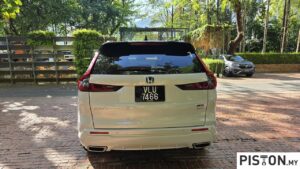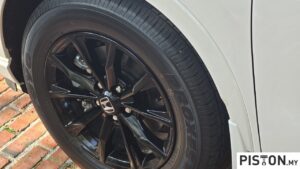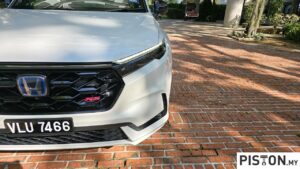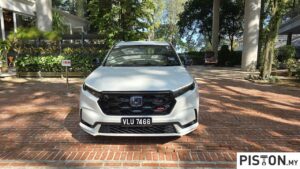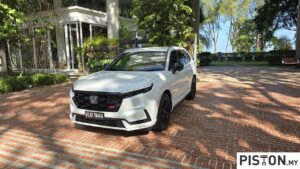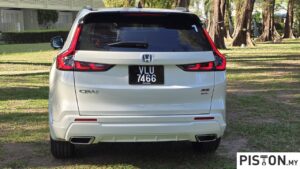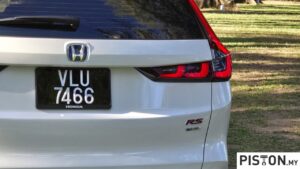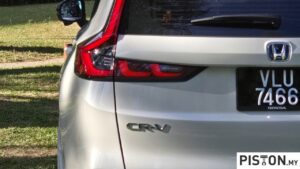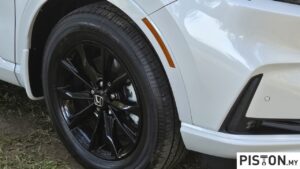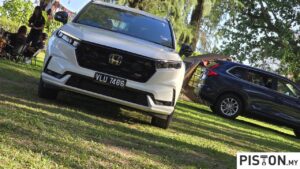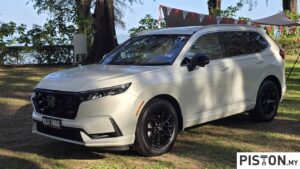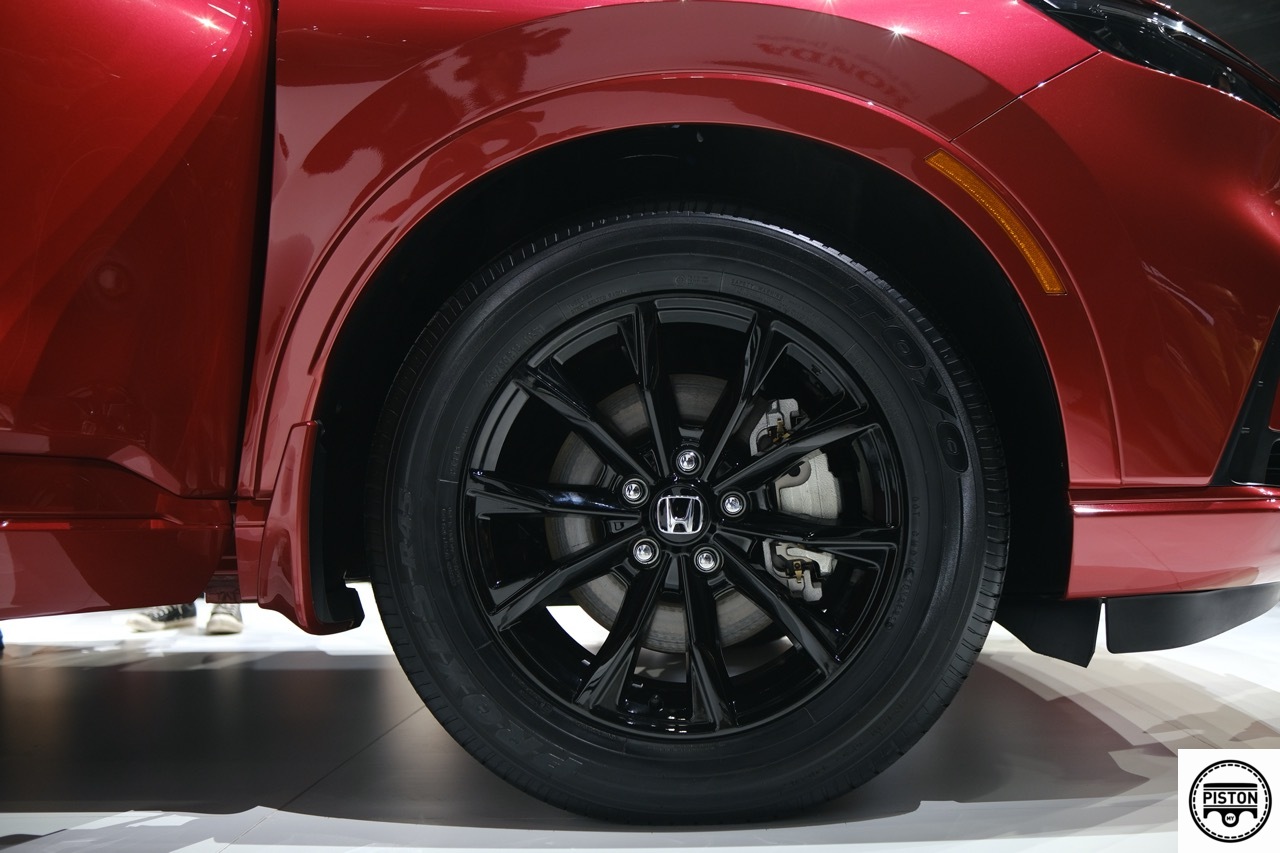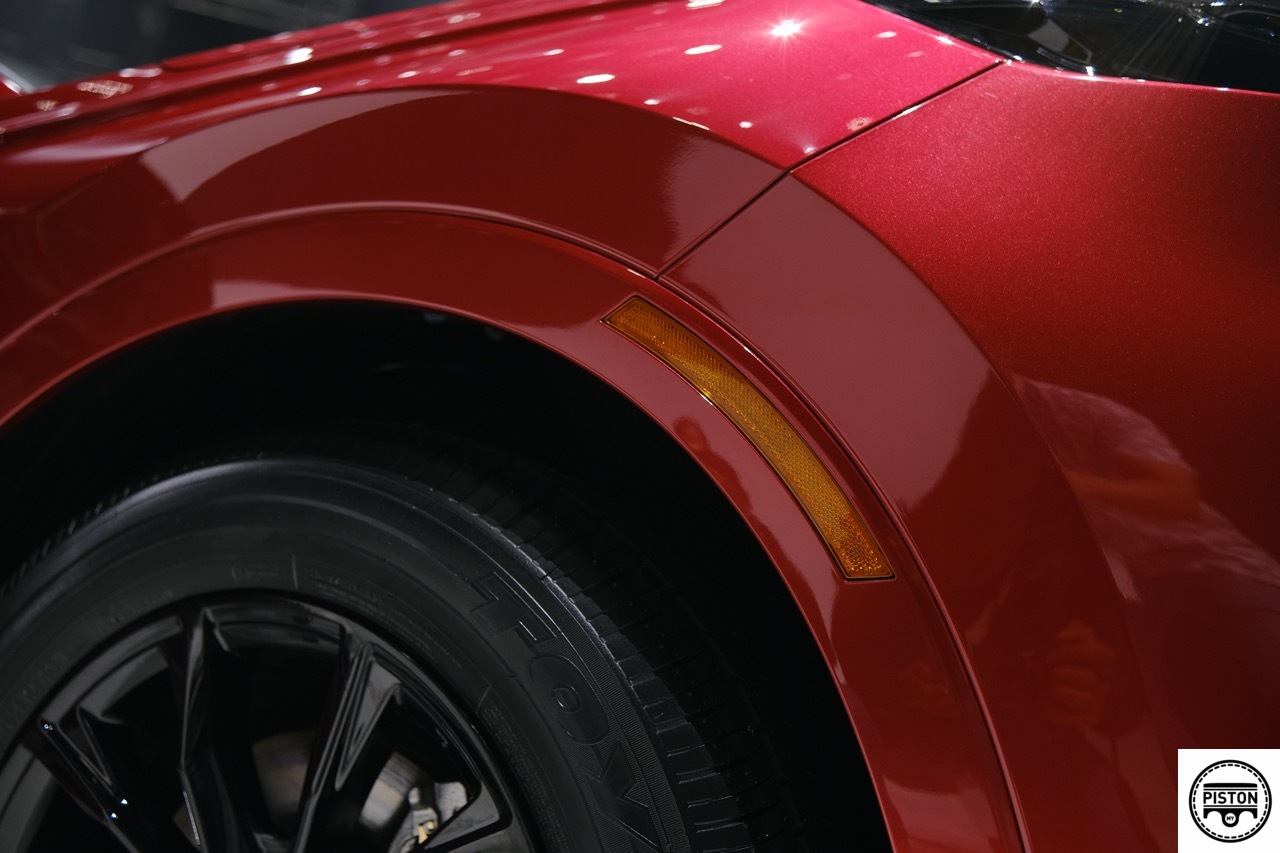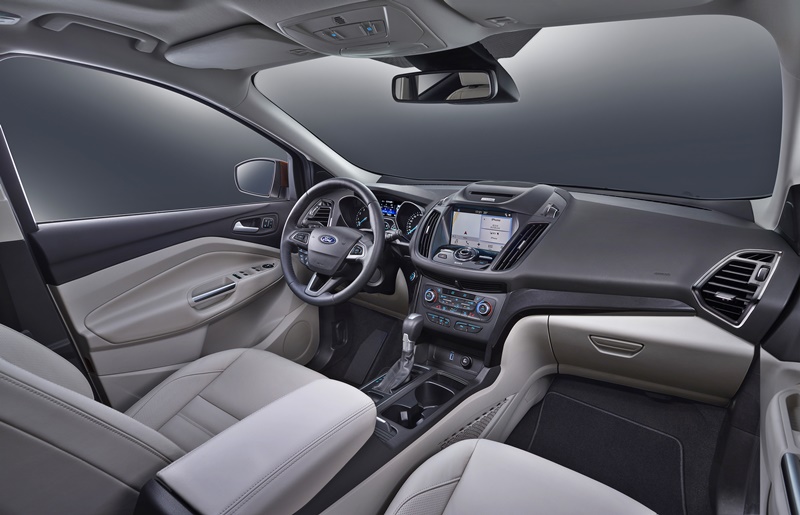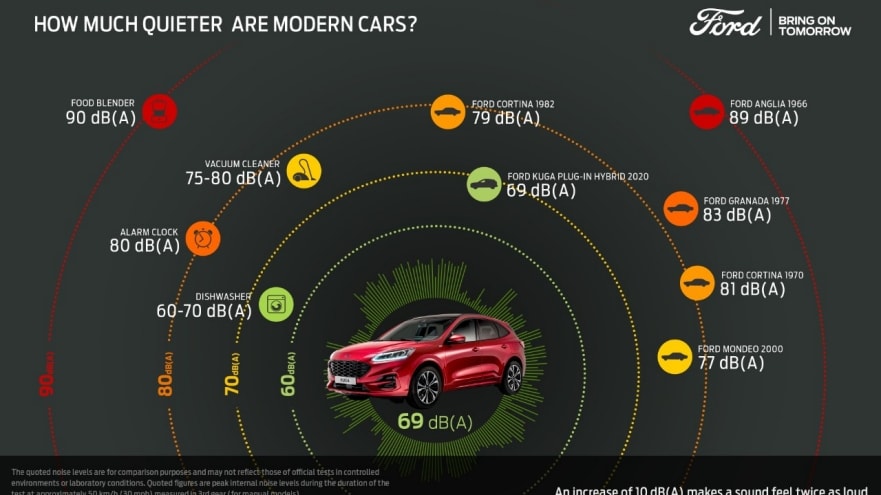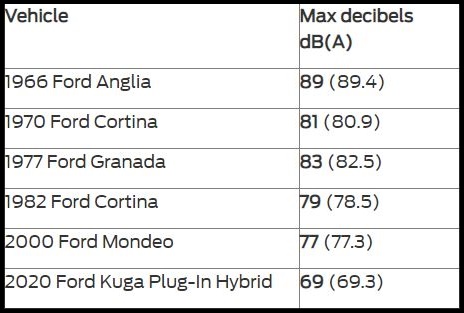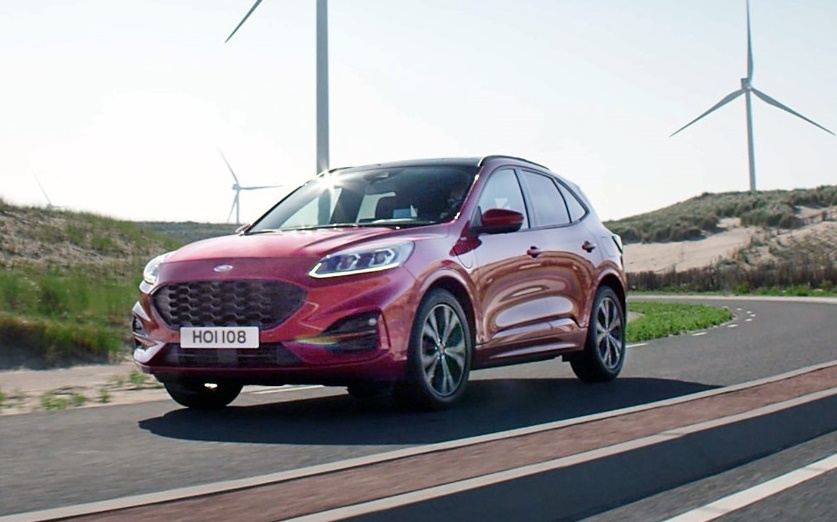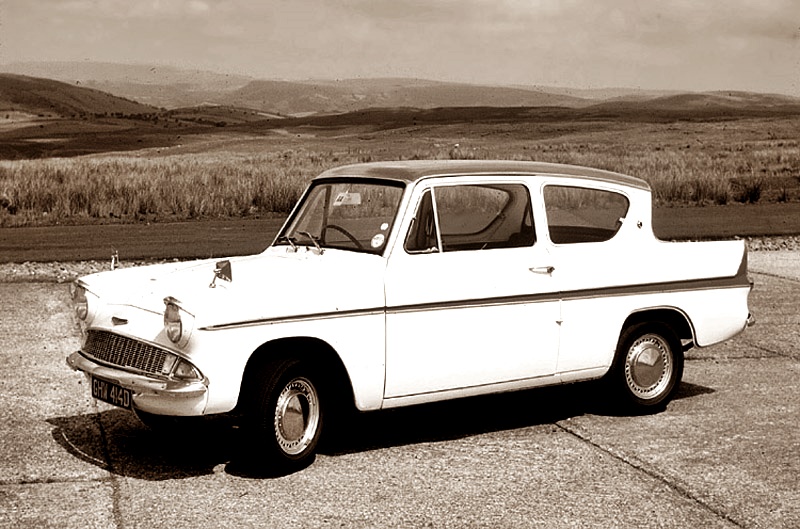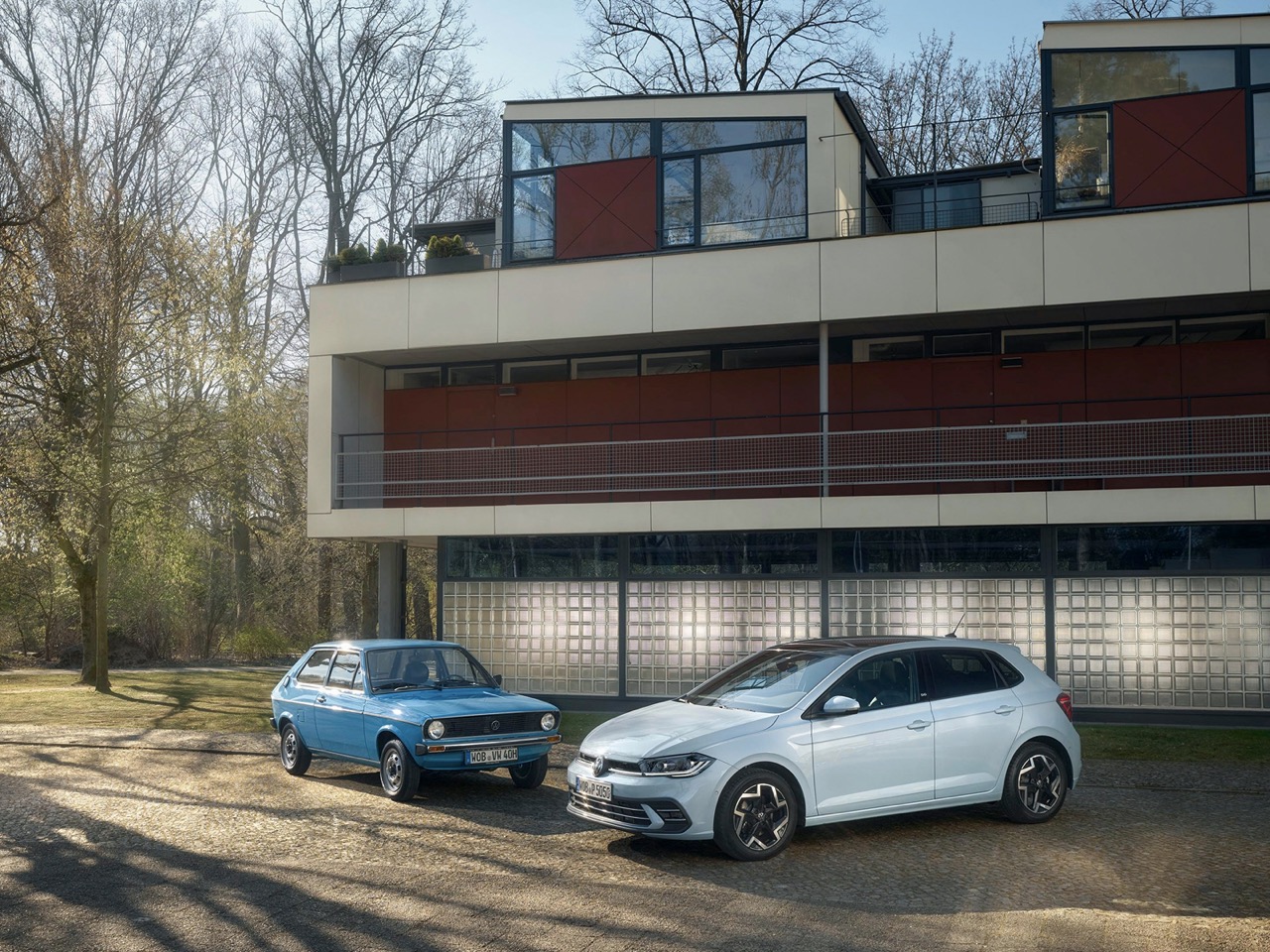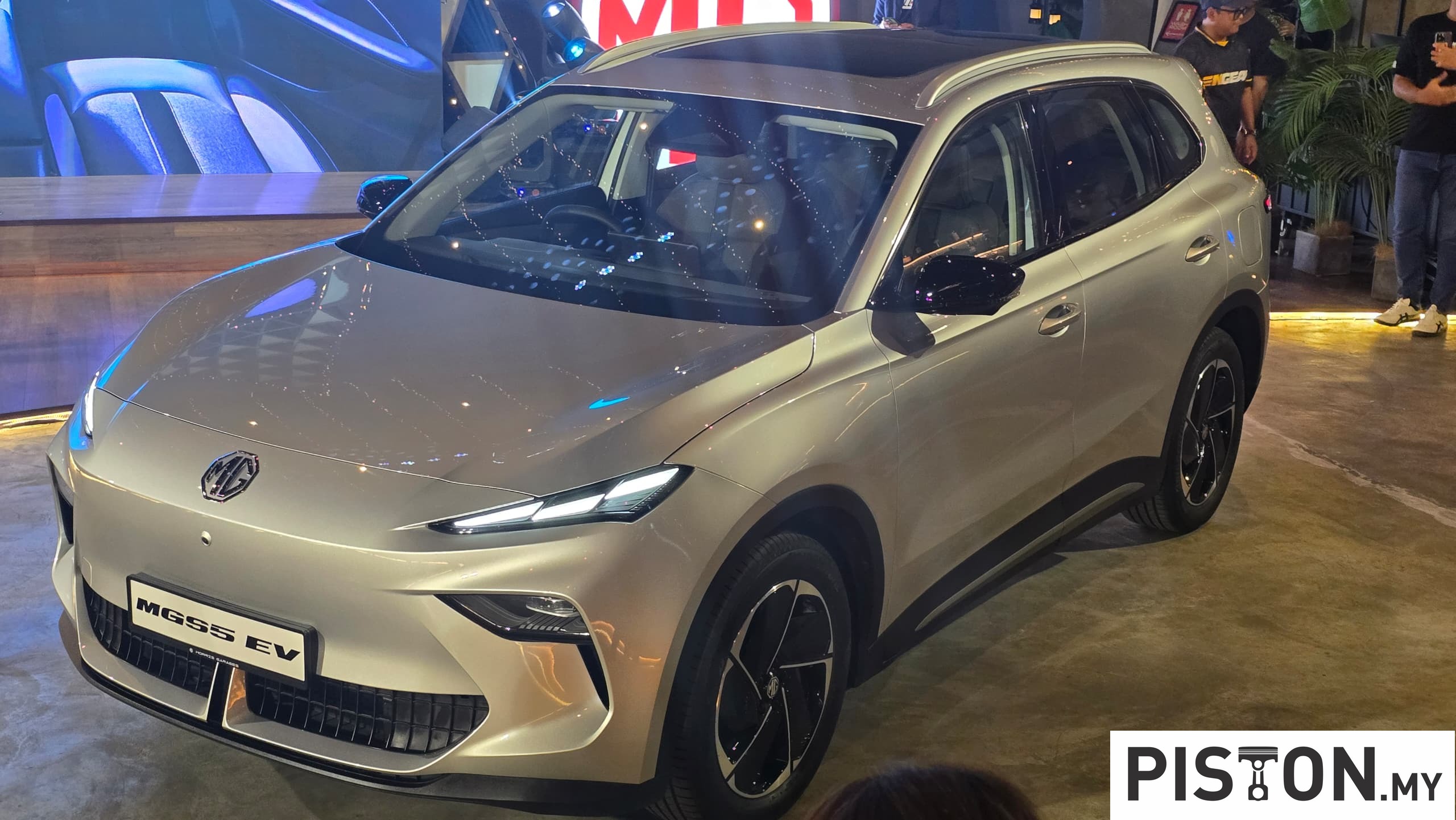Most car enthusiasts love modifying their brand-new cars, knowing that doing so may affect the warranty. One common modification is a rim change to give their rides a more “sporty” look. However, with the new Honda CR-V e:HEV RS, doing so may take away one important feature that the SUV has: the wheel resonators, also known as noise-reducing wheels.
Continuous noise emitted by tyres while driving on highways can become a source of irritation for drivers. This noise results from resonance occurring within the hollow spaces of the tyres when encountering uneven surfaces on the road. For automobile manufacturers aiming to offer a smooth and quiet driving experience, this has posed a significant challenge. To address this issue, noise-reducing wheels have been developed, employing hollow resonators to dampen unwanted resonance and ensure a serene and comfortable ride.
The noise produced within the tyre resembles the resonant sound of bouncing a basketball or volleyball on a hard surface. In cars, this pipe resonance, along with accompanying vibrations, travels from the wheels through the suspension and into the cabin, creating undesirable and bothersome noise.
Honda embarked on a mission to mitigate this noise problem. Recognising that the frequency of pipe resonance varies based on the shape and volume of the air enclosure—similar to the differing sounds produced when bouncing different types of balls—led to the realisation that tyre size determines pipe resonance frequency. Armed with this understanding, Honda devised a method to counteract pipe resonance by generating sound waves that neutralise this specific frequency.
To achieve this, Honda explored the concept of Helmholtz resonance, where sound is produced when air is blown across the opening of a container, such as an empty bottle, with the container’s shape and air volume dictating the resulting frequency. Leveraging this principle, Honda devised a resonator encircling the wheel, capable of emitting sound waves matching the frequency of pipe resonance generated by the tire. This innovative design effectively suppresses unwanted noise, enhancing the overall driving experience.
Now, you may have the idea that you can purchase the wheel resonators separately and apply them to your new rims, but during a recent press conference, Honda stated that it is not possible to do so. Mr. Sarly Adle Sarkum, President and Chief Operating Officer of Honda, stated, “Someone had tried to purchase the resonators and apply them on the lower variant CR-Vs, and that’s just not possible because it would not fit.”
When Piston Malaysia asked Mr. Yujiro Sugino, Executive Coordinator, and Mr. Eisuke Sato, Large Project Leader (CR-V), about the wheel resonators, as well as the Bose sound system being introduced into the lower variants, they stated, “There is a possibility of doing so, but we would need to consider the model positioning and what is required for those models.” Sugino also stated that “The resonators were designed specifically for the hybrid variant for higher noise, vibration, and harshness (NVH) performance, which is why the other variants do not have it.”
On another note, since the Honda City now comes in five variants rather than the previous four since the petrol versions now also have their own RS model, we asked if the same concept would be applied to the new CR-V, and Sugino replied with a simple “As of now, no.” It would be a nice touch if Honda did so.
When asked about the introduction of the AWD hybrid variant, similar to the one offered in Thailand, Sugino said that “If we were to do so, we would be adding another option of variant, which would give customers more choices but at the same time it would not be optimal for efficiency in production, which is why we decided it was best to go with the 2WD option.”



